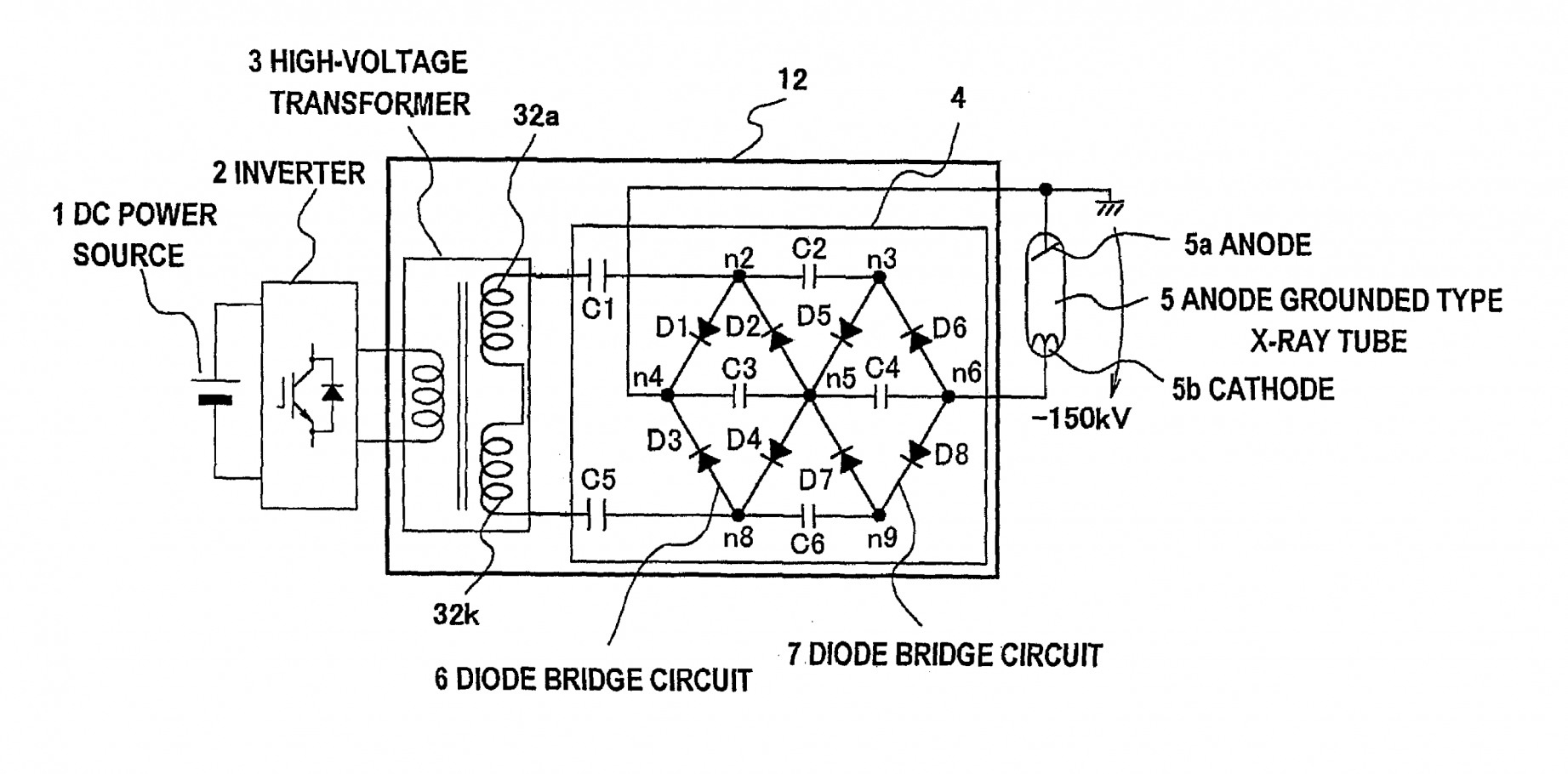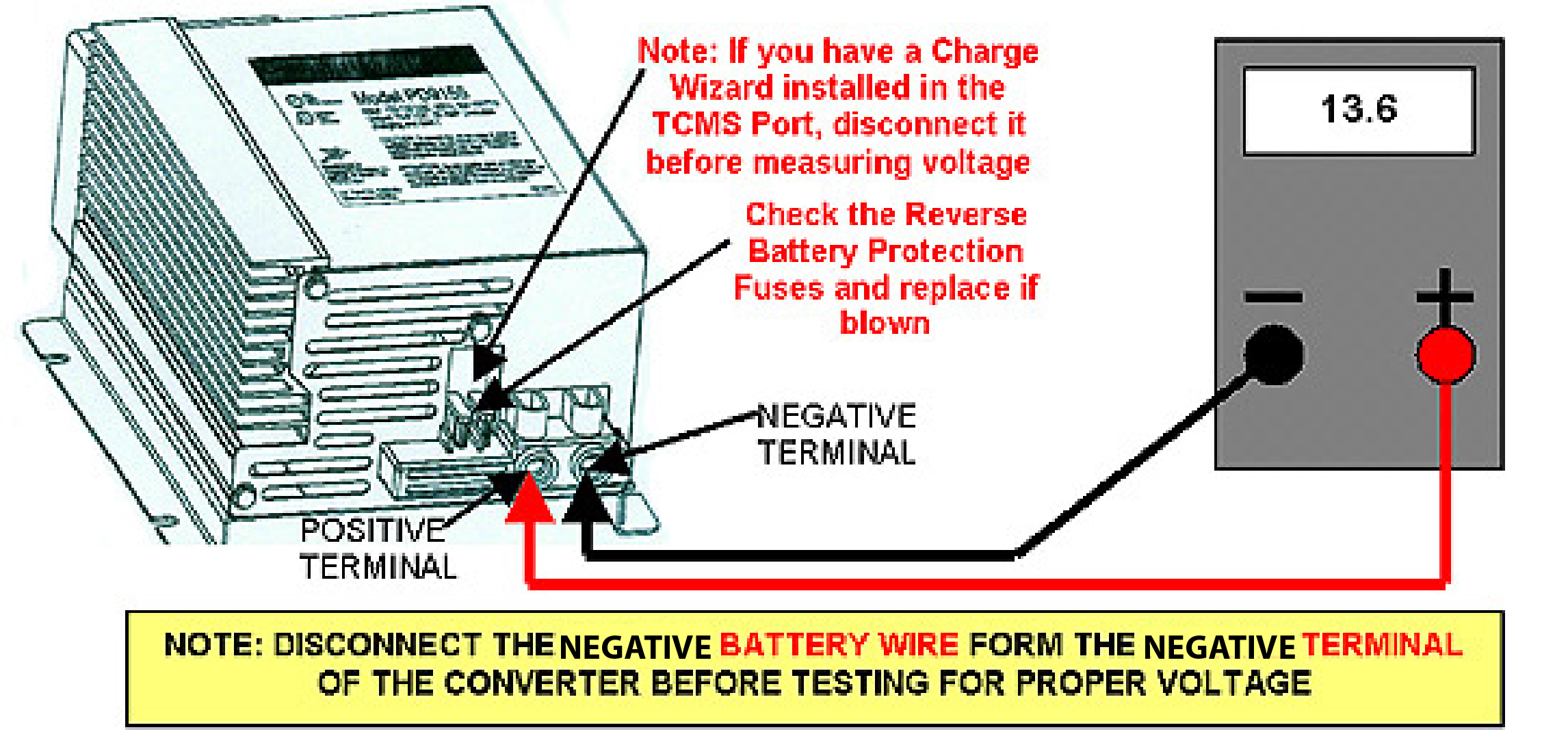

This challenge is due to the complex correlations of parameters that make up the zT. To date, the lack of sufficiently high-performance thermoelectrics, especially among Earth-abundant and lightweight materials, is one of the reasons why there is no broad commercial application of thermoelectric devices yet. Decades of studies have largely focused on the development of novel and advanced materials reaching higher performance in devices. Their performances are defined by figure of merit, zT. They are of technological importance in cooling and energy harvesting.



Thermoelectrics convert heat to electricity and vice versa. Thus, it is envisaged that large thermoelectric output can be obtained by building a multi-layer stacking f-TEG for continuous self-powered monitoring. When the temperature difference (ΔT) was 35 K, the output voltage of the f-TEG was 33.50 mV, and the maximum power was 163.20 nW. In addition, a fully printed Te-free f-TEG with a fan-shaped structure by Cu2S and Ag2Se was constructed. The conductivity reached 75% of the initial value after 1500 bending tests. When the content ratio of Cu2S and PEDOT:PSS was 1:1.2, the prepared film had the optimal thermoelectric performance, with a maximum power factor (PF) of 20.60 μW In addition, the Seebeck coefficient decreases with the increase of PEDOT:PSS due to the excessive bandgap difference between the two materials. The interfacial effect of the two materials, forming a superconducting layer on the surface of Cu2S, leads to the enhancement of film conductivity with the increase of PEDOT:PSS. The effects of different proportions of p-type Cu2S/poly 3,4-ethylene dioxythiophene-polystyrene sulfonate (PEDOT:PSS) mixture on the thermoelectric properties of films were studied. This paper studied the Cu2S films by screen-printing. In recent years, flexible thermoelectric generators(f-TEG), which can generate electricity by environmental temperature difference and have low cost, have been widely concerned in self-powered energy devices for underground pipe network monitoring. Our analysis demonstrates that the thermoelectric properties of electrodeposited films can be accurately evaluated without inflicting any damage to the films. A parallel resistor model is employed to discern the signal of the film from the signal of the seed layer and the data are carefully analysed and contextualized with literature. Using this technique, the temperature dependent thermoelectric properties (Seebeck coefficient and electrical conductivity) of electrodeposited thin films have been measured down to 100 K. Here, we develop a method to directly measure the thermoelectric properties of electrodeposited bismuth telluride thin films, grown on indium tin oxide. However, the measurement of the thermoelectric properties of electrodeposited films is challenging because of the conducting seed layer underneath the film. Amongst the possible fabrication techniques, electrodeposition has attracted attention due to its simplicity and low cost. The best known thermoelectric material for near room temperature heat-to-electricity conversion is bismuth telluride.


 0 kommentar(er)
0 kommentar(er)
